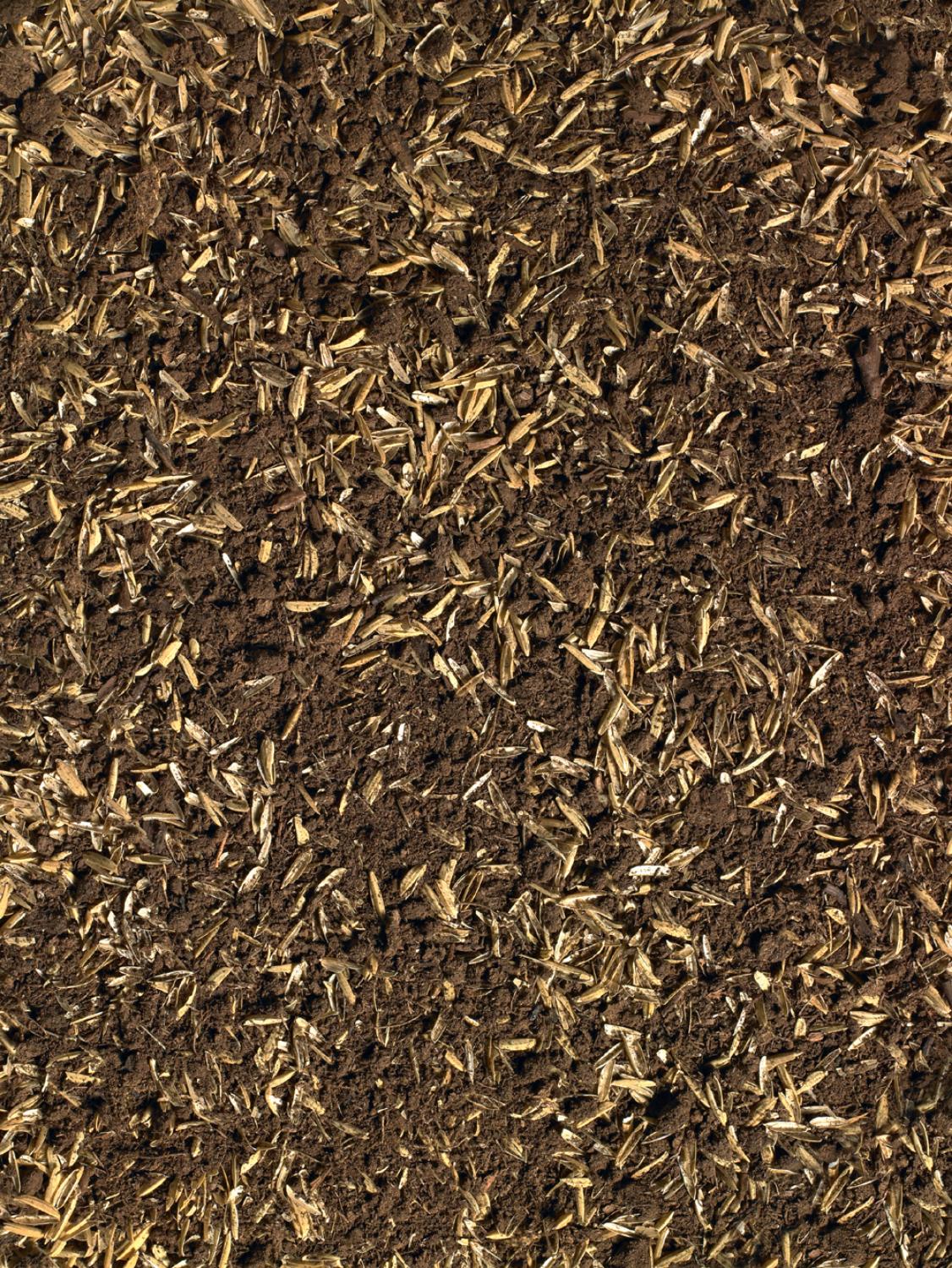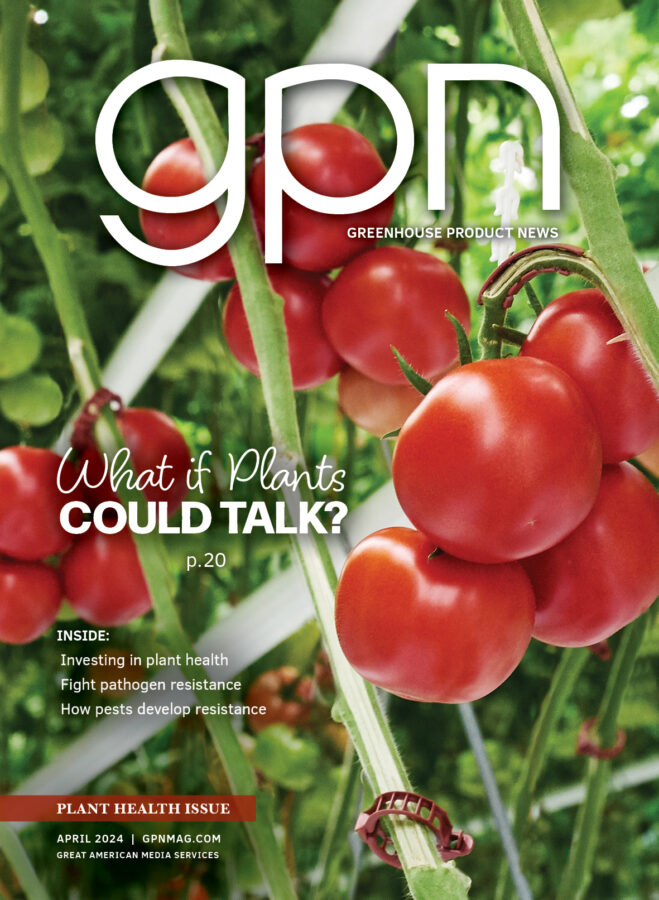
Parboiled Rice Hulls: A Viable Media Alternative
Growing media can be as unique as the growers themselves. Professional growers research, test and tweak to develop a media that works best for their greenhouse environment. With optimum plant quality, maximum profit and environmental awareness all on the line, it’s no wonder growing media receives so much attention.
Important stuff, this growing media. It can’t be too light, it can’t be too heavy. It can’t drain too slowly, it can’t drain too rapidly. A mix providing optimum air-filled pore space, water-holding capacity and bulk density is the goal. Beyond that, a great growing media must work well in all container sizes and be suitable for a broad spectrum of plant species. Growing media is not an easy assignment, but it’s one that can be aced. And when greenhouse growers use parboiled rice hulls (PBH), there are additional benefits thrown in.
In recent years, as growers have embraced sustainability and looked for feasible ways to reduce production costs, parboiled rice hulls in greenhouse growing media have become a popular option. All for good reason. Parboiled hulls, when processed to strict specifications, offer growers environmental, horticultural and economic rewards with no reduction in plant quality. Parboiled hulls are available as pure rice hulls packaged in compressed bales or pre-mixed and ready to use from major soilless blend manufacturers.
Real Benefits
From an environmental perspective, parboiled rice hulls are a readily renewable resource. PBH Nature’s Media Amendment, the parboiled rice hull brand marketed by Riceland Foods, Inc., is OMRI Listed and Washington State Department of Agriculture (WSDA) registered making it suitable for organic or traditional plant production. Also consider that rice hulls require no mining or land disruption to produce, reduce the amount of dust in the greenhouse mixing environment and decompose over time. They do, however, remain stable during the typical plant production cycle.
Another advantage growers have discovered with parboiled rice hulls is the ability to produce quality plant material using less water. Growing drier offers paybacks that include reduced disease pressure, fewer fungus gnat issues, less fertilizer leaching and money saved on irrigation water. In addition, parboiled rice hulls are extremely lightweight and heavily compressed when packaged. This means less packaging material waste and reduced storage requirements, handling and freight. These benefits can help reduce production costs.
The horticultural advantages of a parboiled rice hull media amendment include the right physical size, shape and bulking properties to produce optimum air-filled pore space, water-holding capacity and drainage. And because product purity is so important, the rice hulls used must be properly sized, cleaned and subjected to an advanced parboiling process to produce a sterile product. Another good thing about rice hulls is their natural color blends in with other substrate materials.
Research Proven
In two recent studies in the Department of Horticulture and Landscape Architecture at Purdue University, researchers evaluated growing media containing various percentages of rice hulls, perlite and peat. The first study involved vegetative cutting propagation of two New Guinea impatiens cultivars. The second looked at the use of parboiled rice hulls for finishing seed-grown bedding plants including celosia, marigolds, impatiens and geraniums. Roberto G. Lopez, the associate professor and floriculture extension specialist at Purdue who led the research, found parboiled rice hulls to be a respected perlite replacement in both studies.
The vegetative cuttings study evaluated various percentage combinations of peat, perlite and whole rice hulls (see Table 1). When the cuttings were harvested three weeks after being stuck in the various substrates, the researchers recorded the percentage of cuttings that were fully rooted, measured stem length and caliper and washed the substrate off the roots so the roots and shoots could be separated and the weight of each recorded. The researchers concluded that the percentage of rooted ‘Celebrette Frost’ New Guinea impatiens in substrates was unaffected by the percentage of whole rice hulls replacing perlite. ‘Celebration Deep Red’ New Guinea impatiens cuttings responded similarly (see Figure 1).
In the second Purdue University study, seedlings of celosia ‘Fresh Look Gold,’ Impatiens walleriana ‘Dazzler Blue Pearl,’ Pelargonium x hortorum ‘Bullseye Scarlet’ (geranium) and Tagetes patula ‘Bonanza Flame’ (marigold) were transplanted into 41/2-inch plastic containers filled with a substrate composed of 70, 80 or 90 percent peat moss plus 10, 20 or 30 percent PBH or perlite. All plants were grown in the same environment, with the same lighting, irrigation and fertilization. Plant height and marketability were recorded when the plants flowered (see Figure 2).
Results varied according to the percentage of parboiled rice hulls used. The researchers concluded that whole parboiled rice hulls appear to be a suitable replacement for perlite up to 30 percent. Ground rice hulls used as a peat replacement were also evaluated in the Purdue University studies, but are not yet commercially available. Growers are always encouraged to test and evaluate any new substrate component in their own greenhouse using their own methods.
In earlier research at the University of Arkansas, Michael R. Evans of the Department of Horticulture, evaluated parboiled rice hulls as an alternative in horticultural substrates and determined the following:
Incorporation of parboiled rice hulls into sphagnum peat-based substrates did not result in significant nitrogen tie-up.
Parboiled rice hulls were free of viable weed seed.
When incorporated into sphagnum peat-based substrates parboiled fresh rice hulls did not negatively impact the chemical properties of the substrate.
When incorporated into sphagnum peat-based substrates, parboiled fresh rice hulls provided equivalent or higher levels of drainage and air-filled pore space.
Root and shoot growth was similar for plants grown in sphagnum peat-based substrates amended with equivalent amounts of perlite or parboiled rice hulls.
Sustainability Starts Here
As the horticulture industry continues to advance its efforts toward sustainable plant production, the use of parboiled rice hulls continues to gain speed. Quality parboiled rice hulls deliver sustainability as well as reduced input costs, an improved mixing environment and efficient packaging and storage all with no sacrifice in plant quality.


 Video Library
Video Library 




















